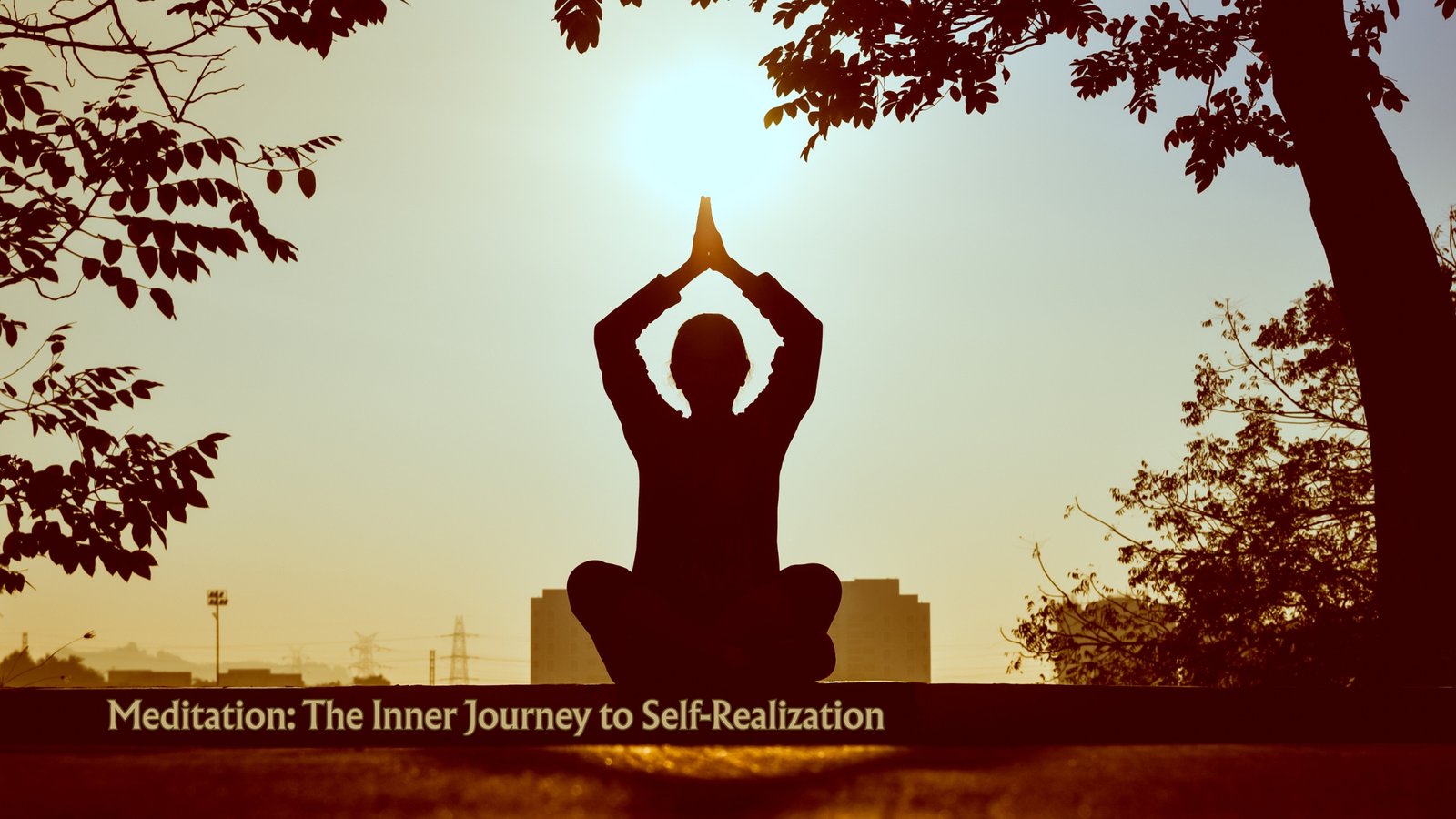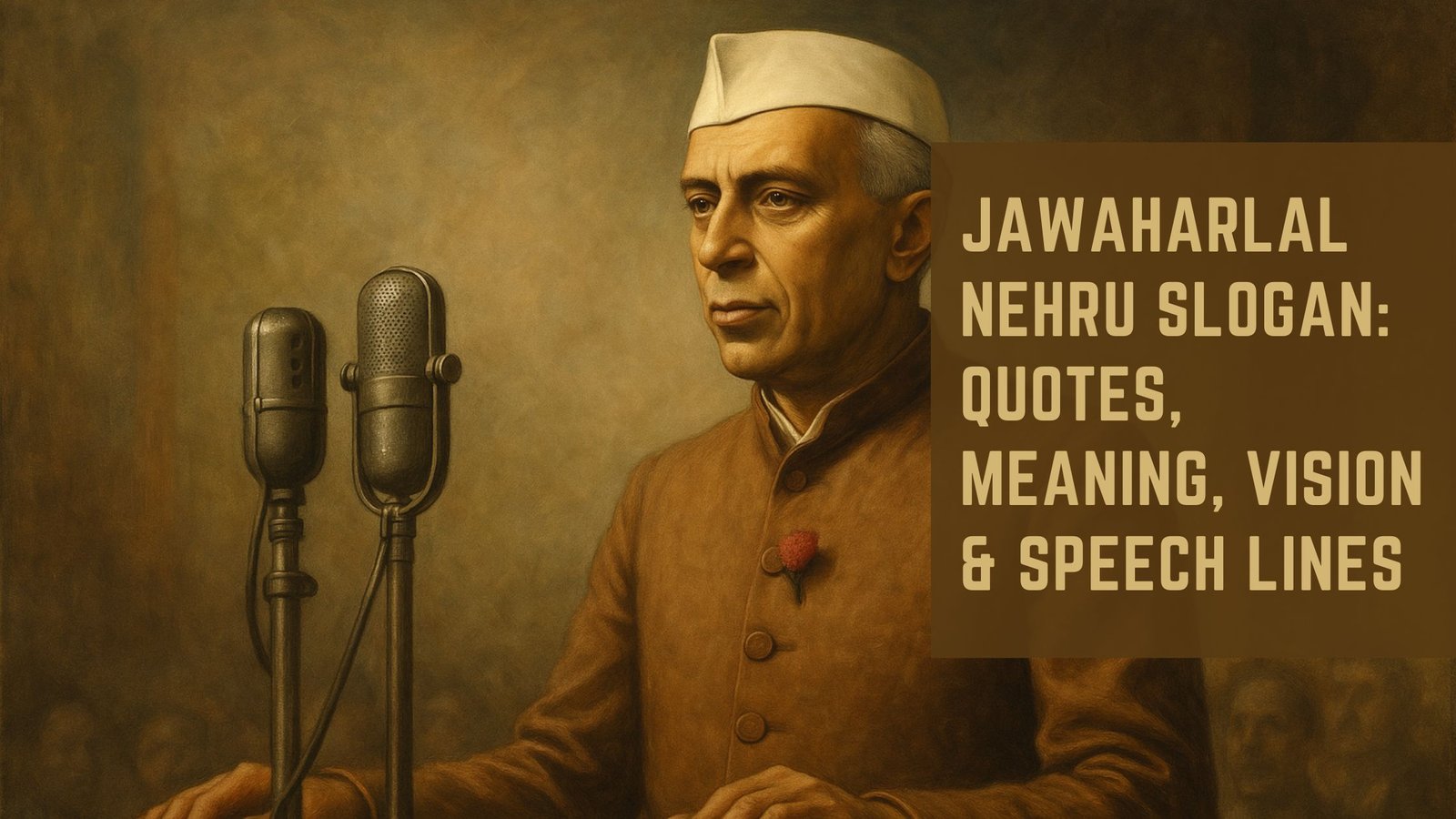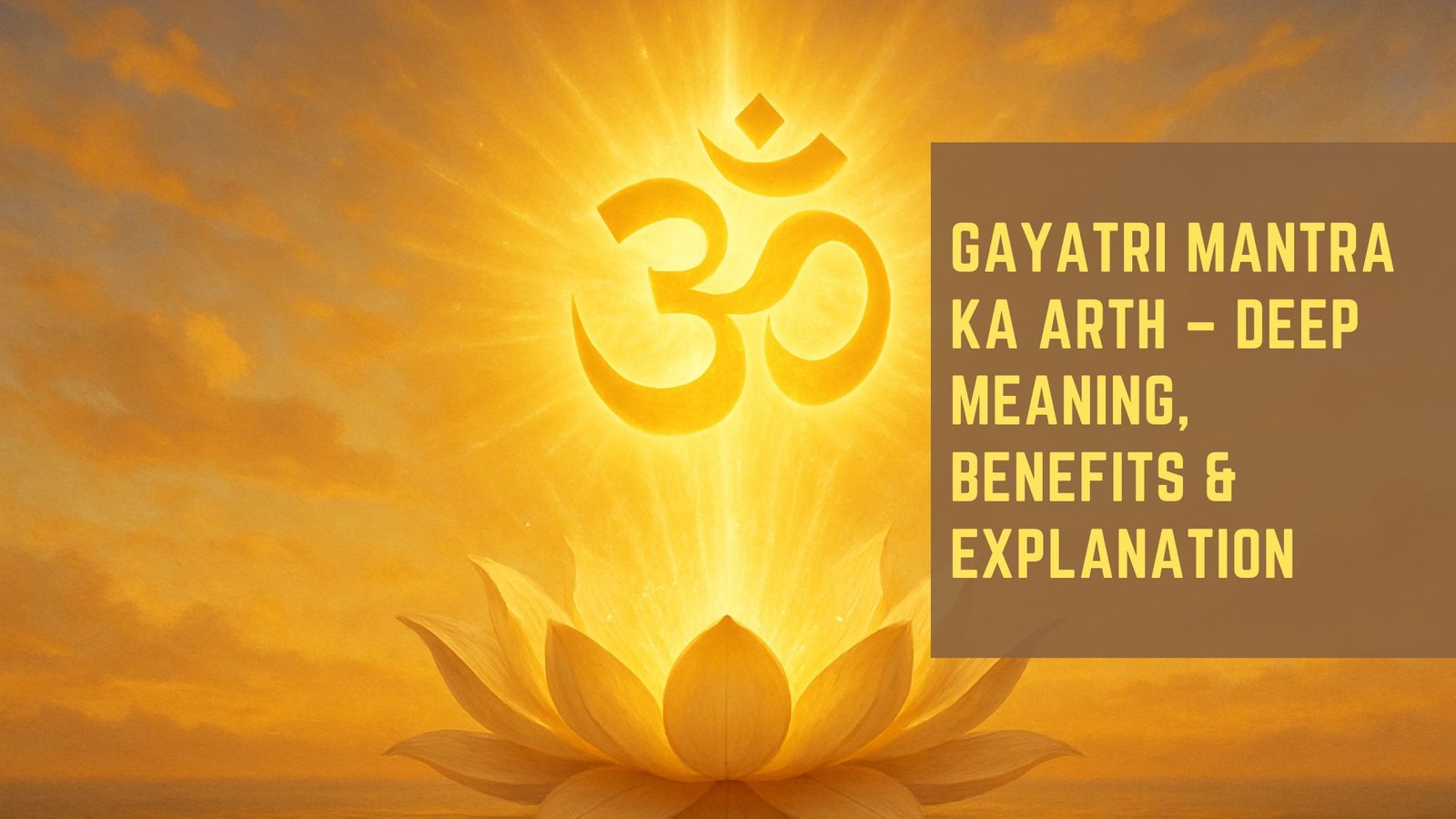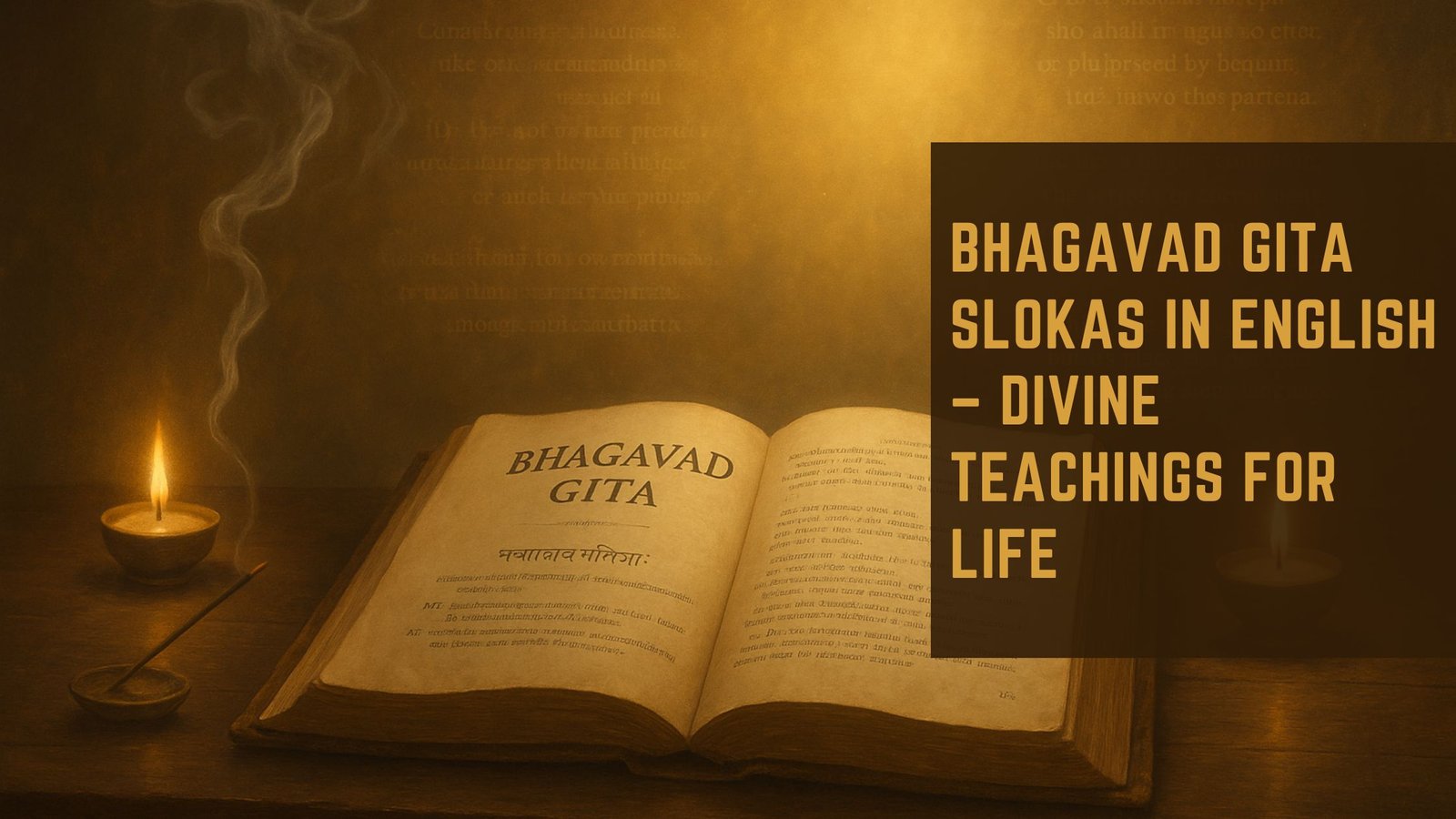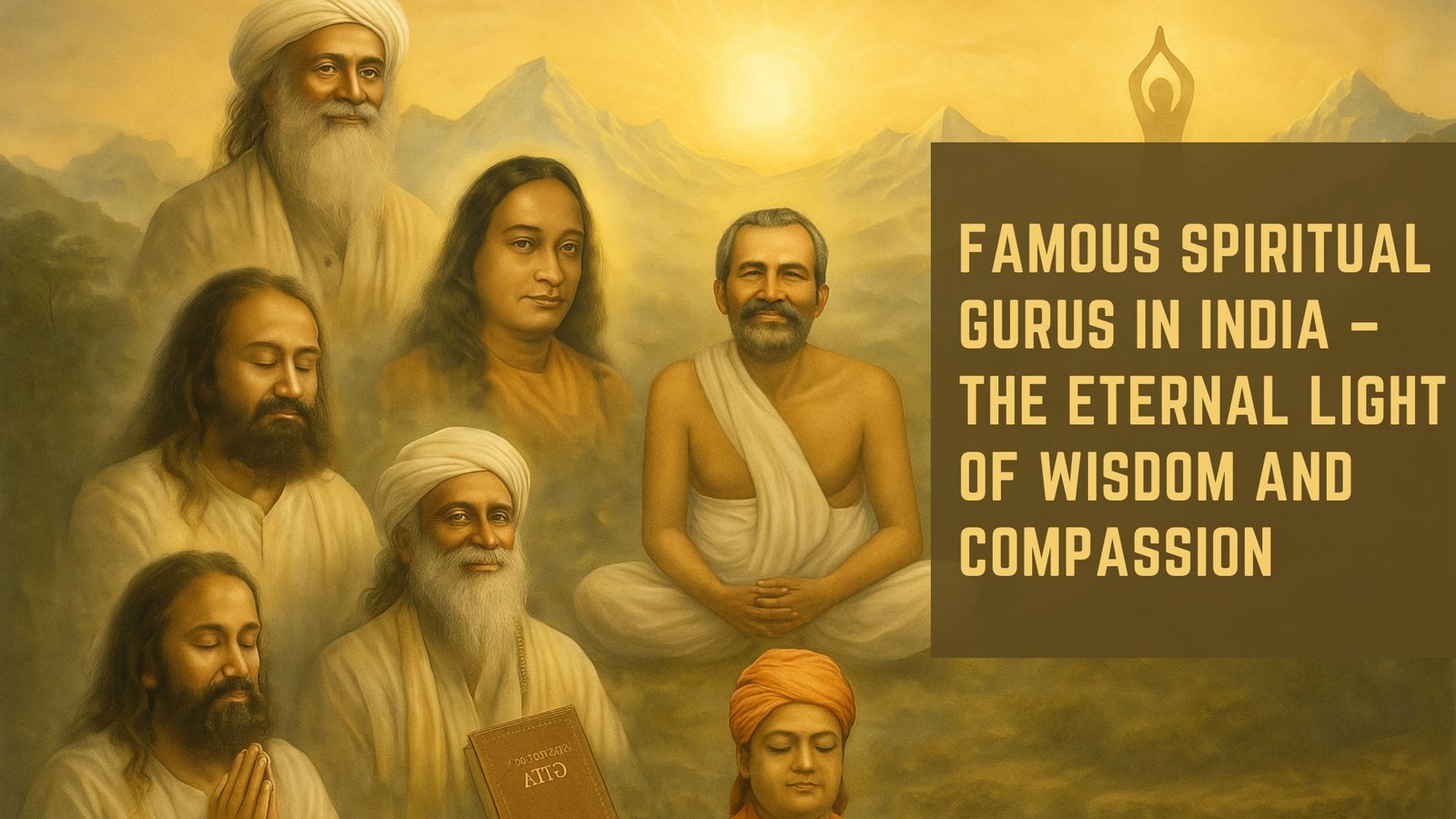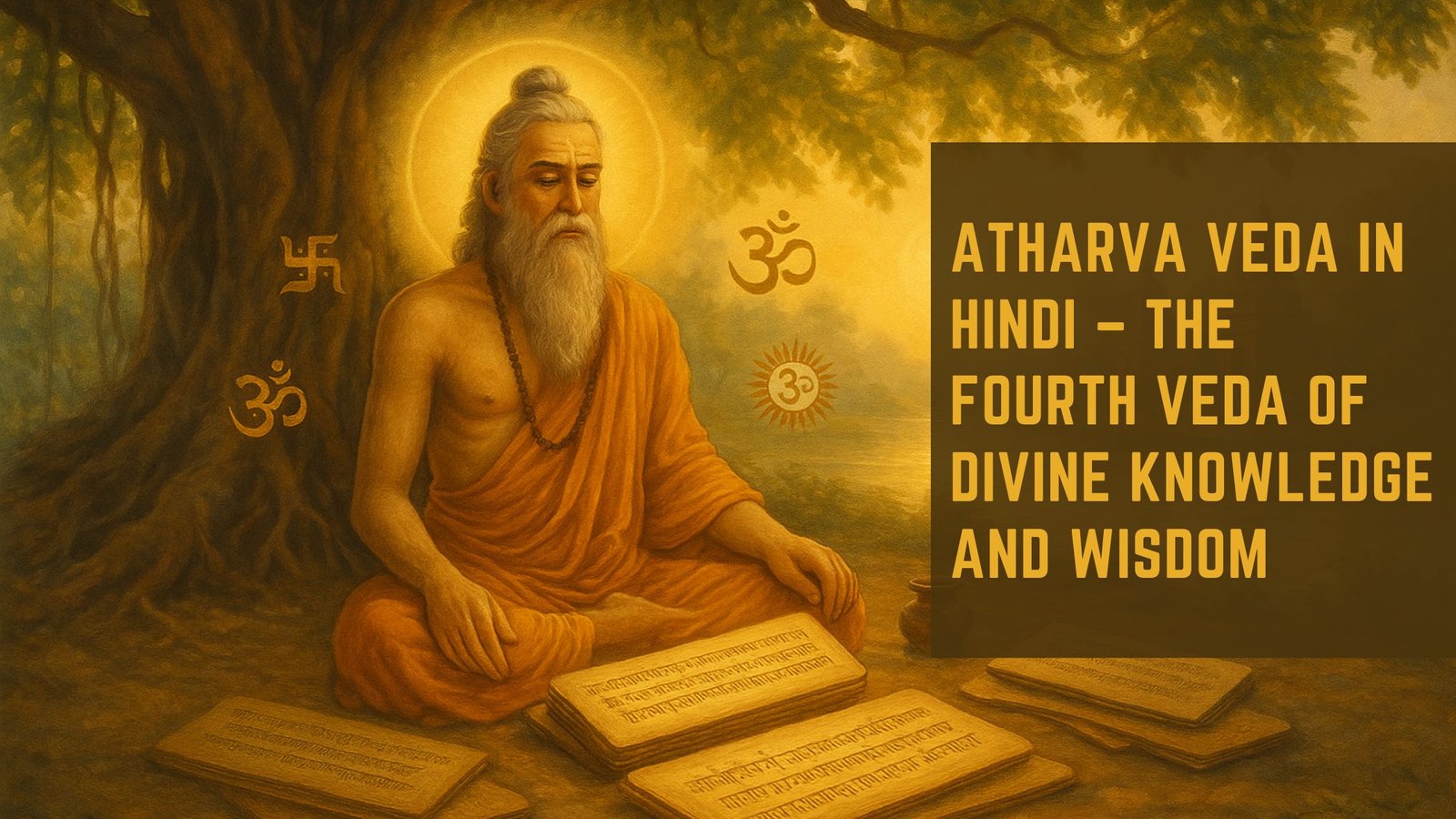What Is Meditation?
Meditation is not an escape from the world but an embrace of the inner self. It is the sacred art of silencing the noise within, a path to stillness, and a way to access the eternal presence of the soul. Across cultures, scriptures, and civilizations, meditation has been revered as a gateway to divine consciousness, a tool for healing, and a discipline for mastering the mind.
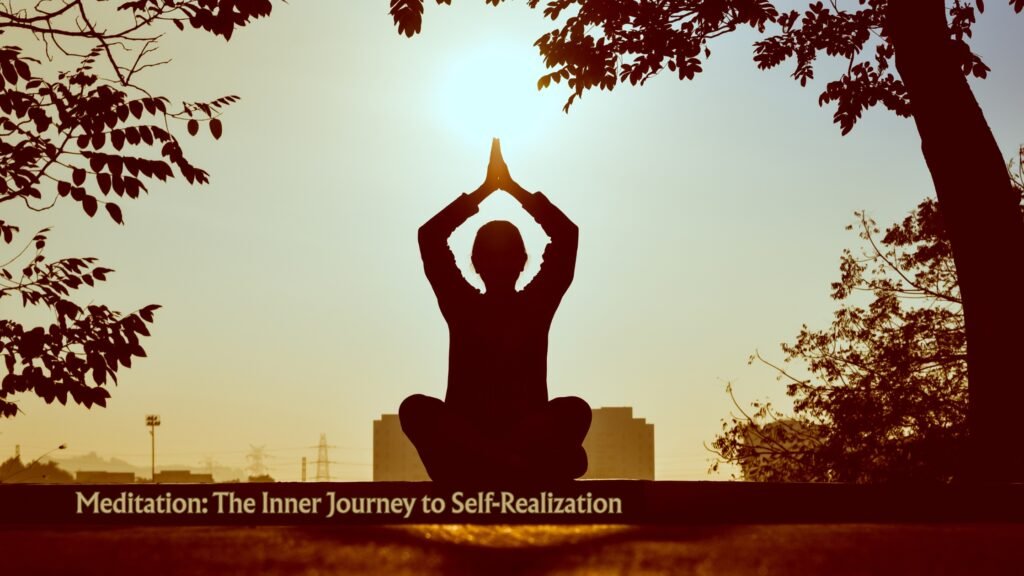
In Sanatana Dharma, Concentration is more than a technique—it is a way of being, a connection to the Supreme Self (Atman). As the Bhagavad Gita says:
“When meditation is mastered, the mind is unwavering like the flame of a lamp in a windless place.”
— Bhagavad Gita 6.19
The Science and Soul of Meditation
Modern research supports what sages have long known:
- Mental Clarity: Mindfulness increases focus, creativity, and decision-making.
- Emotional Balance: It reduces anxiety, stress, and emotional reactivity.
- Spiritual Awareness: Meditation aligns you with your higher self, fostering inner peace and divine connection.
From a spiritual perspective, Reflection leads to the state of Dhyana, the seventh limb of Ashtanga Yoga, ultimately preparing the soul for Samadhi, or liberation.
Meditation in the Gita: A Yogic Perspective
In Chapter 6 of the Bhagavad Gita, known as Dhyana Yoga, Lord Krishna guides Arjuna through the essence of meditation:
“One should elevate the self by the Self. Let him not degrade himself. The Self alone is the friend of the self, and the Self alone is the enemy of the self.”
— Bhagavad Gita 6.5
Here, the Gita introduces Reflection not as withdrawal, but as a tool for self-liberation, discipline, and clarity.
Krishna emphasizes:
- Posture: Sit in a firm and clean seat (6.11)
- Mind: Focused and steady (6.12)
- Detachment: Free from desires (6.14)
- Balance: Avoid extremes of indulgence and austerity (6.16-17)
Meditation is thus the middle path, where the seeker transcends duality and enters Oneness with the Divine.
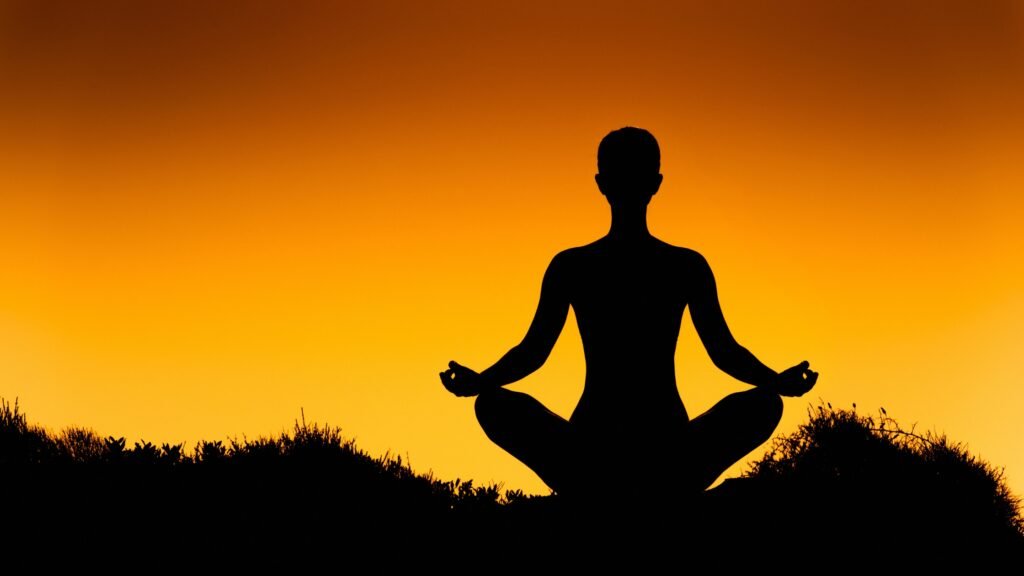
The Process of Contemplation: Step by Step
Here is a gentle yet powerful process you can follow:
- Find a Quiet Space: Choose a clean, peaceful corner that inspires calmness.
- Sit Comfortably: Cross-legged on the floor or in a chair, with spine upright.
- Close the Eyes: Gently turn your gaze inward.
- Focus on the Breath: Observe each inhale and exhale without trying to control it.
- Use a Mantra: Silently repeat a sacred sound like Aum, So-Ham, or your personal mantra.
- Witness the Mind: Let thoughts come and go like passing clouds.
- Return to Stillness: When distracted, return to the breath or mantra.
Start with 5–10 minutes and gradually increase to 30 minutes or more.
Types of Meditation
There are various paths, but all lead inward:
1. Mantra (Japa Yoga)
Repetition of sacred names—Om Namah Shivaya, Hare Krishna, or Gayatri Mantra. It stills the mind through vibration.
2. Breath Awareness (Anapanasati)
Mindfulness of breathing, taught by Buddha and modern mindfulness schools.
3. Guided
Led by a voice or recording to induce relaxation and visualization.
4. Kundalini
Awakening the dormant energy at the base of the spine through breath, chanting, and movement.
5. Loving-Kindness (Metta)
Generating compassion toward oneself and others.

Benefits of Daily Meditation
Mindfulness is a seed—nurture it daily and you’ll harvest:
- Calmness in Chaos
- Clarity in Confusion
- Faith in Uncertainty
- Joy Beyond Reason
“When the mind becomes still, the soul’s voice becomes louder.”
— Unknown
Regular practice rewires the brain, cleanses the heart, and tunes the soul.
Meditation and Karma Yoga
When you combine Mindfulness with Karma Yoga—the yoga of selfless action—your external work becomes sacred, and your internal peace becomes unshakable. Concentration fuels Karma Yoga by:
- Removing ego from action
- Cultivating detachment from results
- Enhancing awareness in every deed
As Krishna says:
“Perform your duties established in yoga, O Arjuna, abandoning attachment and remaining even-minded in success and failure.”
— Bhagavad Gita 2.48
Meditation and the Seven Stages of Love
the heart journeys through love:
- Attraction: The soul longs for inner peace.
- Attachment: Daily practice develops.
- Affection: One begins to enjoy stillness.
- Trust: Divine presence is felt.
- Worship: Devotion blossoms.
- Surrender: The ego melts.
- Union: Oneness with the Divine.
This mirrors this sacred journey—just as love evolves from desire to devotion, Concentration evolves from discipline to divine union.
The Ultimate Goal: Self-Realization
The purpose of meditation is not to escape life—but to awaken within it. True Mindfulness leads to:
- Self-Awareness
- Soul Connection
- Union with Ishvara
In the silence of meditation, we realize we are not the body, not the mind, but the eternal consciousness behind them.
“Be still and know that I am God.”
— Psalm 46:10
This is a universal truth echoed in many traditions.
Conclusion: Begin Your Inner Journey
Meditation is not a trend. It is your truth. It is not about becoming a new person, but returning to the person you’ve always been—pure, powerful, and present.
Whether you are a beginner or a seeker on the spiritual path, let Concentration be your daily prayer, your sacred pause, your meeting with the Divine within.
Ready to Begin?
Start your Mindfulness journey with teachings from the Gita. Visit:
Essence of the Gita – Explore More
“Meditation is the key. In its silence, the soul speaks and the Divine listens.”
